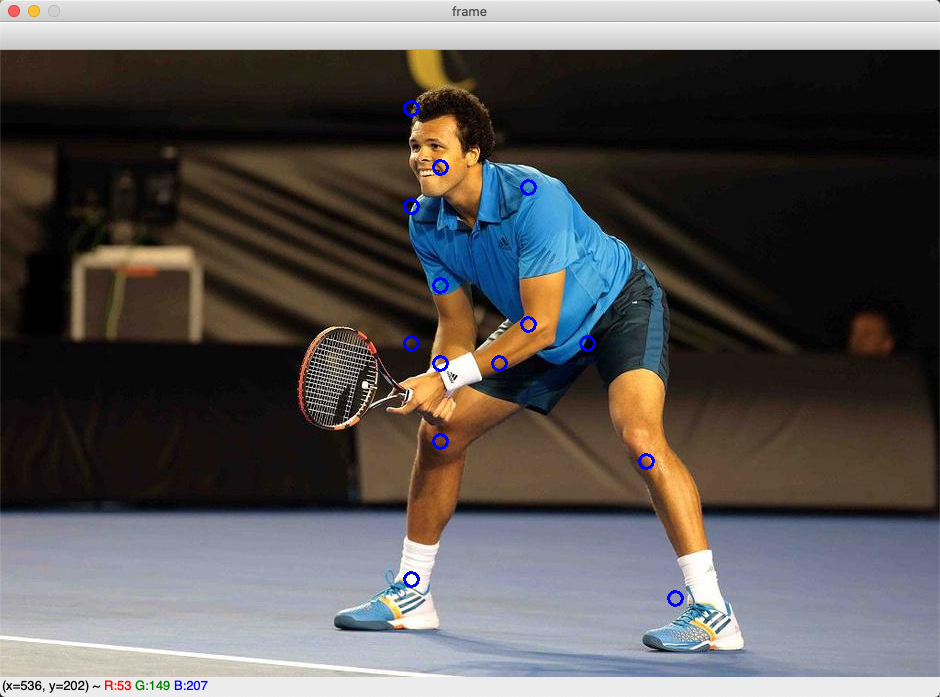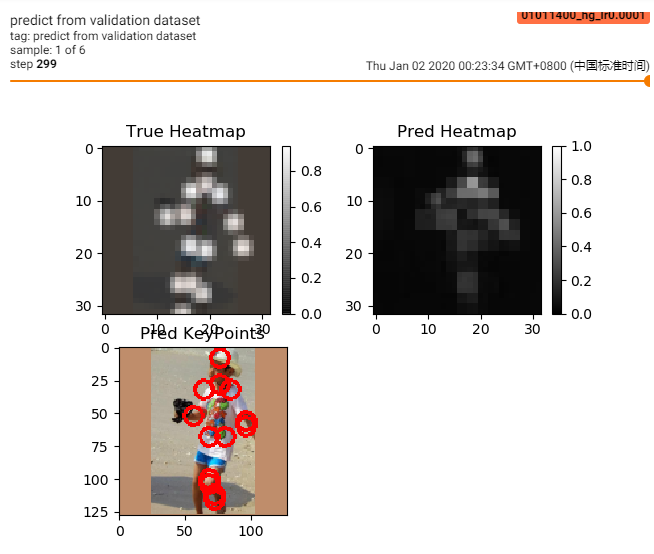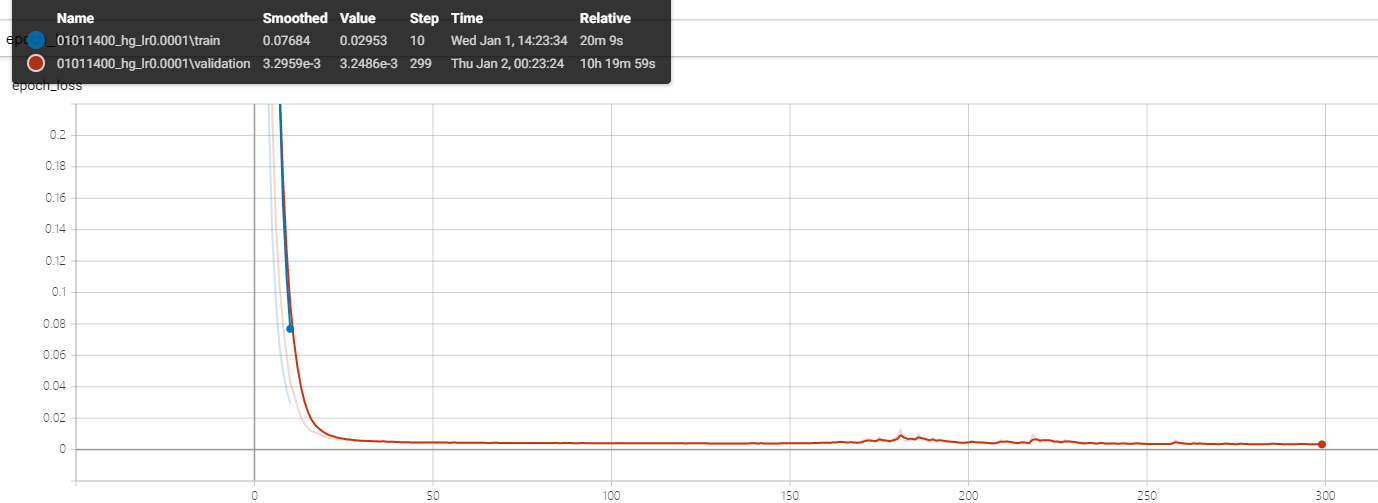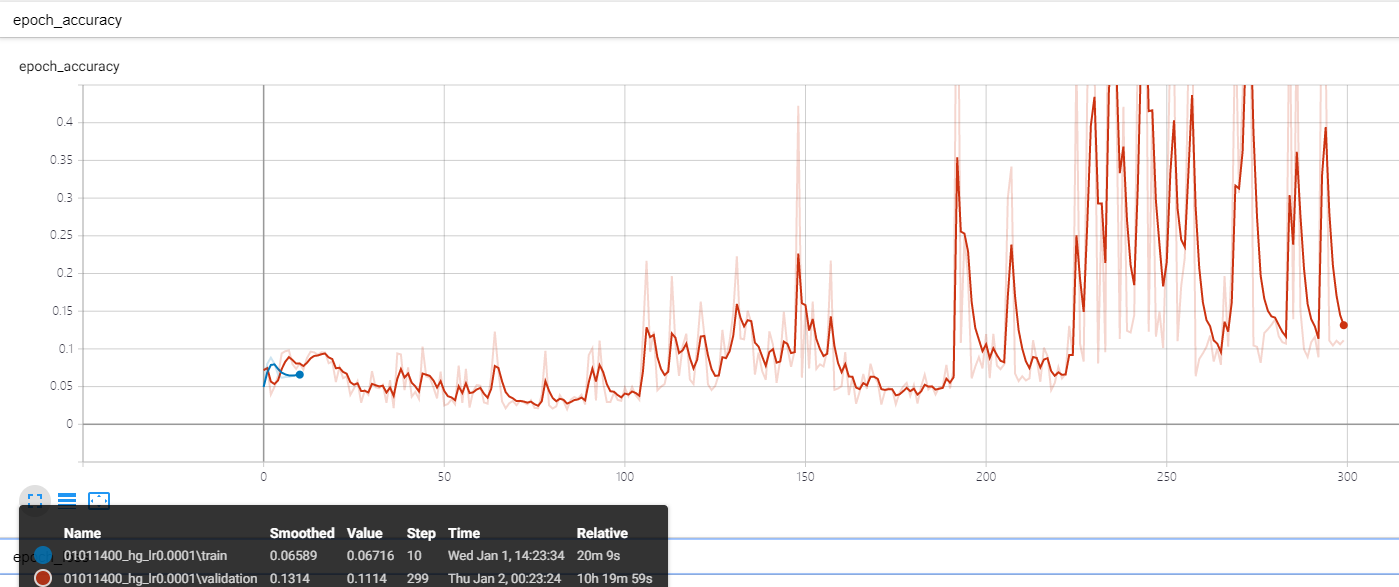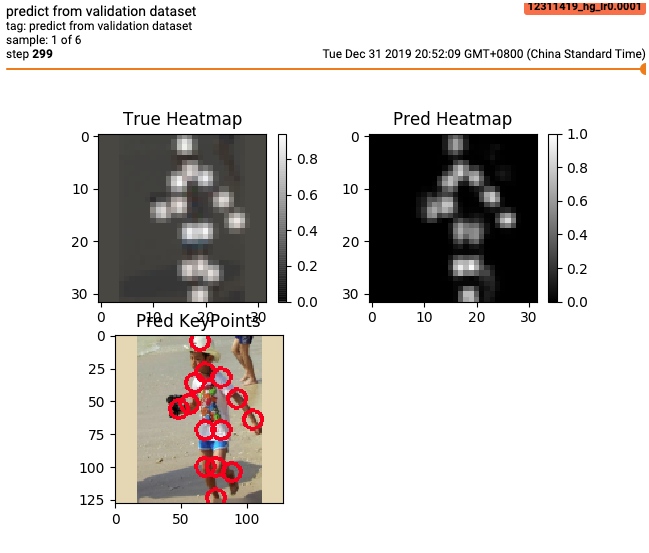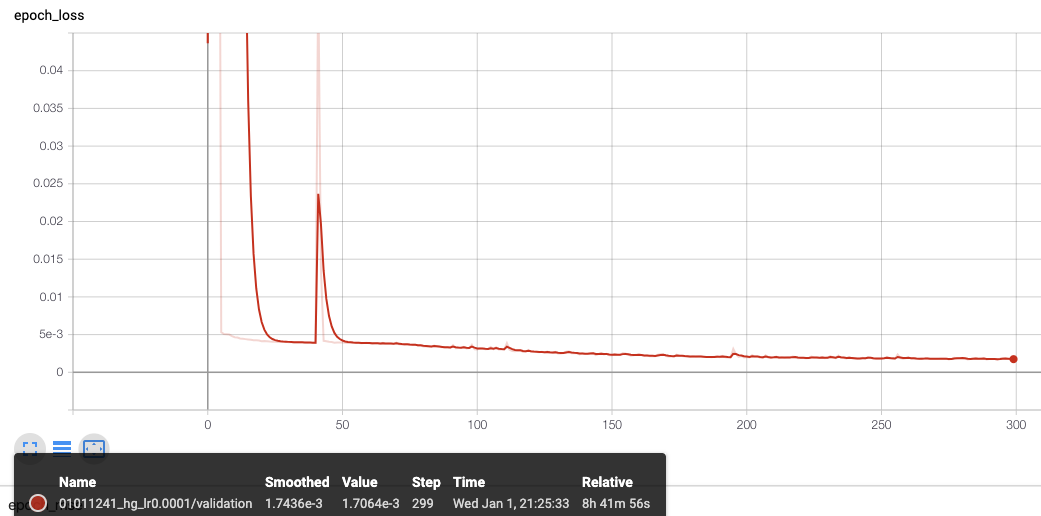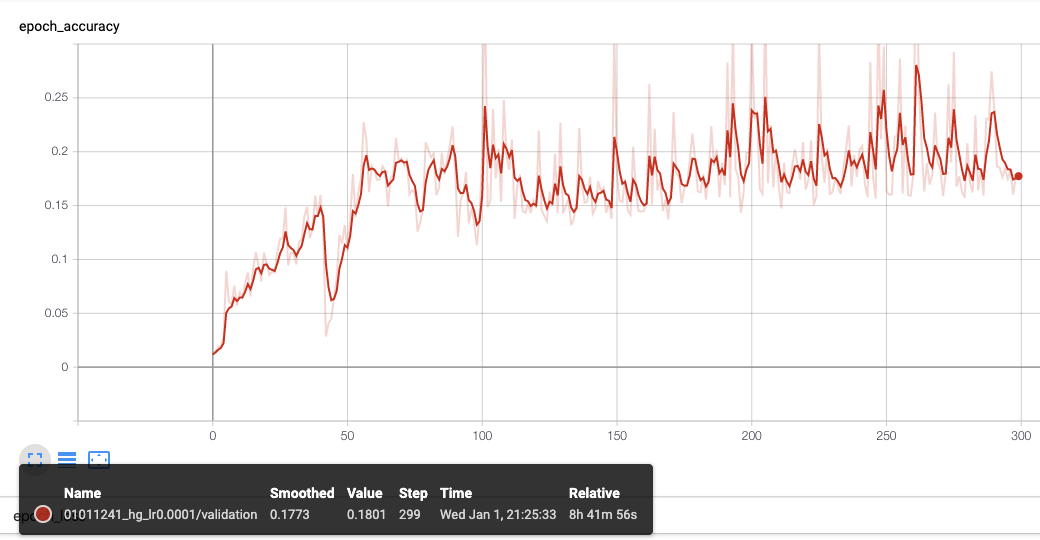💃 Pose Estimation for TensorFlow 2.0
This repository is forked from tucan9389/tf2-mobile-pose-estimation when the original repository doesn't work and the author have no plan to update it, so i fork it and do some research for study purposes.
Even though I made the orginal model worked. But the final result was not as good as I expected. So I import another model from yuanyuanli85/Stacked_Hourglass_Network_Keras. This model can train a better model than previous one. Model details can be found in the file models/hourglass_model_v2.py.
This repository currently implemented the Hourglass model using TensorFlow 2.0 (and Keras API). Instead of normal convolution, inverted residuals (also known as Mobilenet V2) module has been used inside the model for real-time inference.
Table of contents
- Goals
- Getting Started
- Results
- Converting To Mobile Model
- Tuning
- Details
- TODO
- Related Projects
- Acknowledgements
- Reference
- Contributing
- License
Goals
- 📚 Easy to train
- 🏃 Easy to use the model on mobile device
Getting Started
Install Anaconda (~10 min)
Create Virtual Environment (~2 min)
Create new environment.
conda create -n {env_name} python={python_version} anaconda
# in my case
# conda create -n mpe-env-tf2-alpha0 python=3.7 anacondaStart the environment.
source activate {env_name}
# in my case
# source activate mpe-env-tf2-alpha0
# the newest conda version may use command(on my mac): conda activate {env_name} ## from 2019-12-31Install the requirements (~1 min)
cd {tf2-mobile-pose-estimation_path}
pip install -r requirements.txtRun The Project
In order to use the project you have to:
- Prepare the dataset(ai_challenger dataset) and locate the dataset on
./datasets. - Run the model using:
python train.pyor run HourglassModel version 2 using:
python train.py --model=hourglass_v2- Monitoring with TensorBoard:
tensorboard --logdir="./outputs/logs"- Test model training result(change model_name in demo.py):
python demo.pyResults
hourglass_model.py
- loss reduced to around 0.0030, it's working, but not good enough.
hourglass_model_v2.py
- loss reduced to around 0.0016, this model performs better.
Converting To Mobile Model
TensorFLow Lite
- Prepare the trained model(
.hdf5) from section below Run The Project - Modify
trained_model_file_namevariable inconvert_to_tflite.pyto your own trained model.
trained_model_file_name = "{model_file_name}.hdf5"- Run the
convert_to_tflite.py:
python convert_to_tflite.py- And then, you can find the
.tflitemodel on{PROJECT_PATH}/outputs/models/tflite/{model_file_name}.tflite.
Details
Folder Structure
├── train.py - the main script file
├── data_loader.py
├── data_augment.py
├── data_prepare.py
├── model_config.py
├── network_base.py
├── path_manage.py
├── train_config.py
├── requirements.txt
├── models
| ├── hourglass_model.py
| └── hourglass_model_v2.py
├── datasets - this folder contain the datasets of the project.
| └── ai_challenger
| ├── ai_challenger_train.json
| ├── ai_challenger_valid.json
| ├── train
| └── valid
└── outputs - this folder will be generated automatically when start training
├── models
└── logs
TODO
Save model(.hdf5or.ckpt)Convert the model(.hdf5or.ckpt) to TFLite model(.tflite)- Add a demo to check if the model is ok to use.
- Run the model on Android
- Run the model on iOS
- Make DEMO gif running on mobile device
- multi-person estimation
Acknowledgements
This project is based on tucan9389/tf2-mobile-pose-estimation.
Reference
[1]paper of convolutional pose machines
[2]paper of stack hourglass
[3]paper of mobilenet v2
[4]repository poseestimation-coreml
[5]repository of tf-pose-estimation
[6]devlope guide of tensorflow lite
[7]mace documentation
Related Projects
- tucan9389/tf2-mobile-pose-estimation
- tucan9389/PoseEstimation-CoreML
- tucan9389/KeypointAnnotation
- edvardHua/PoseEstimationForMobile
- jwkanggist/tf-tiny-pose-estimation
- dongseokYang/Body-Pose-Estimation-Android-gpu
Other Pose Estimation Projects
Contributing
Any contributions are welcome including improving the project.
